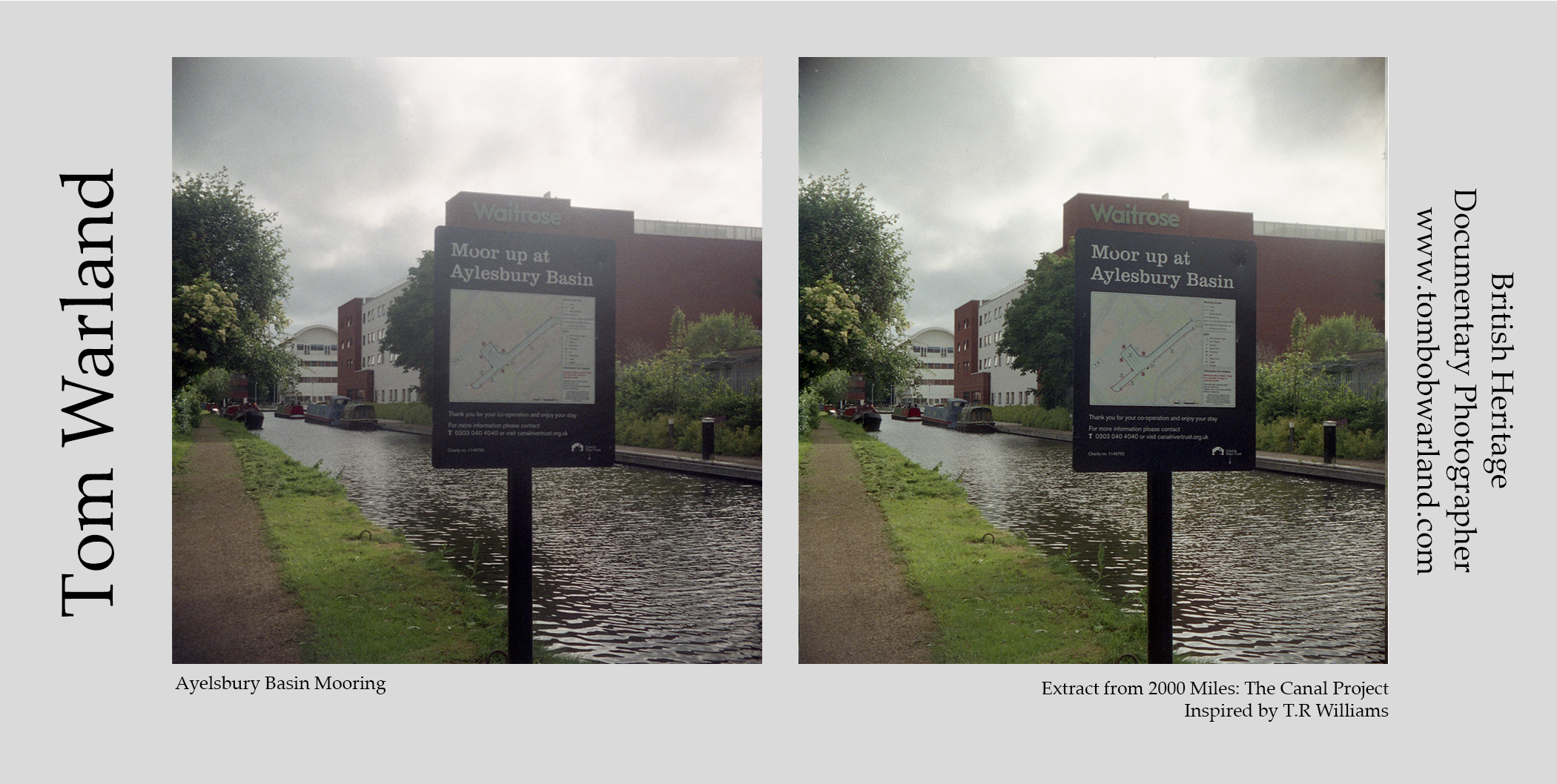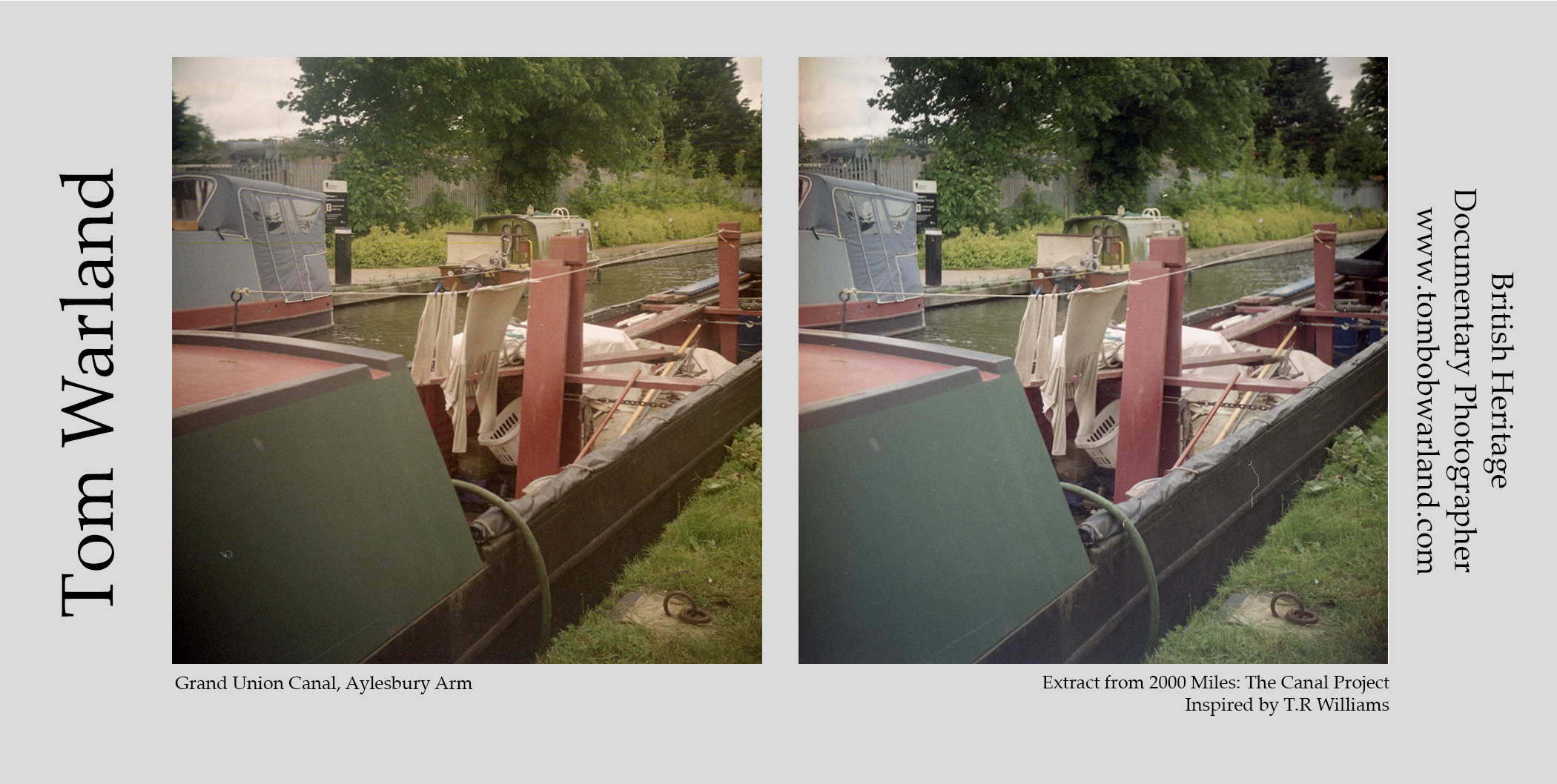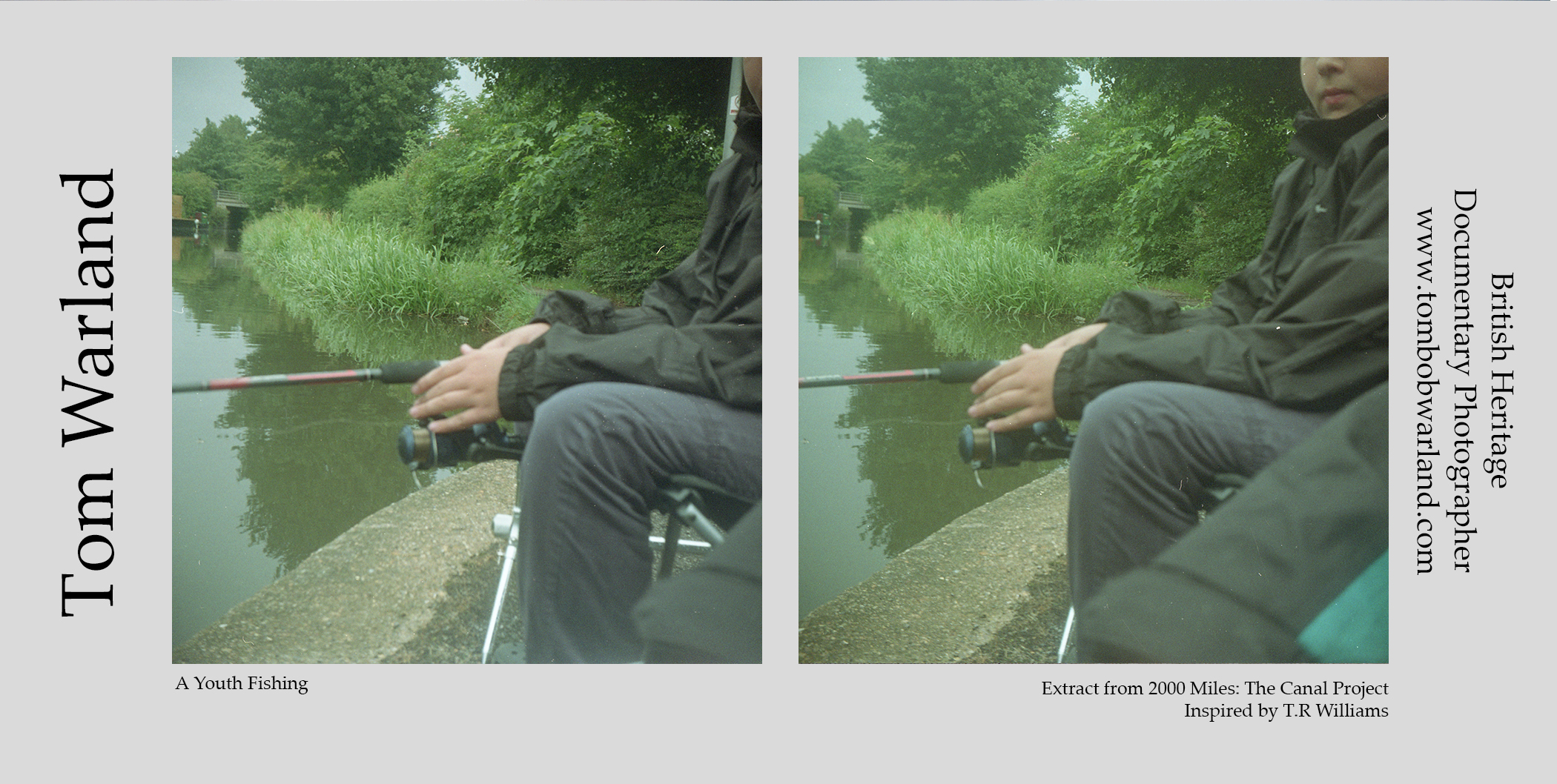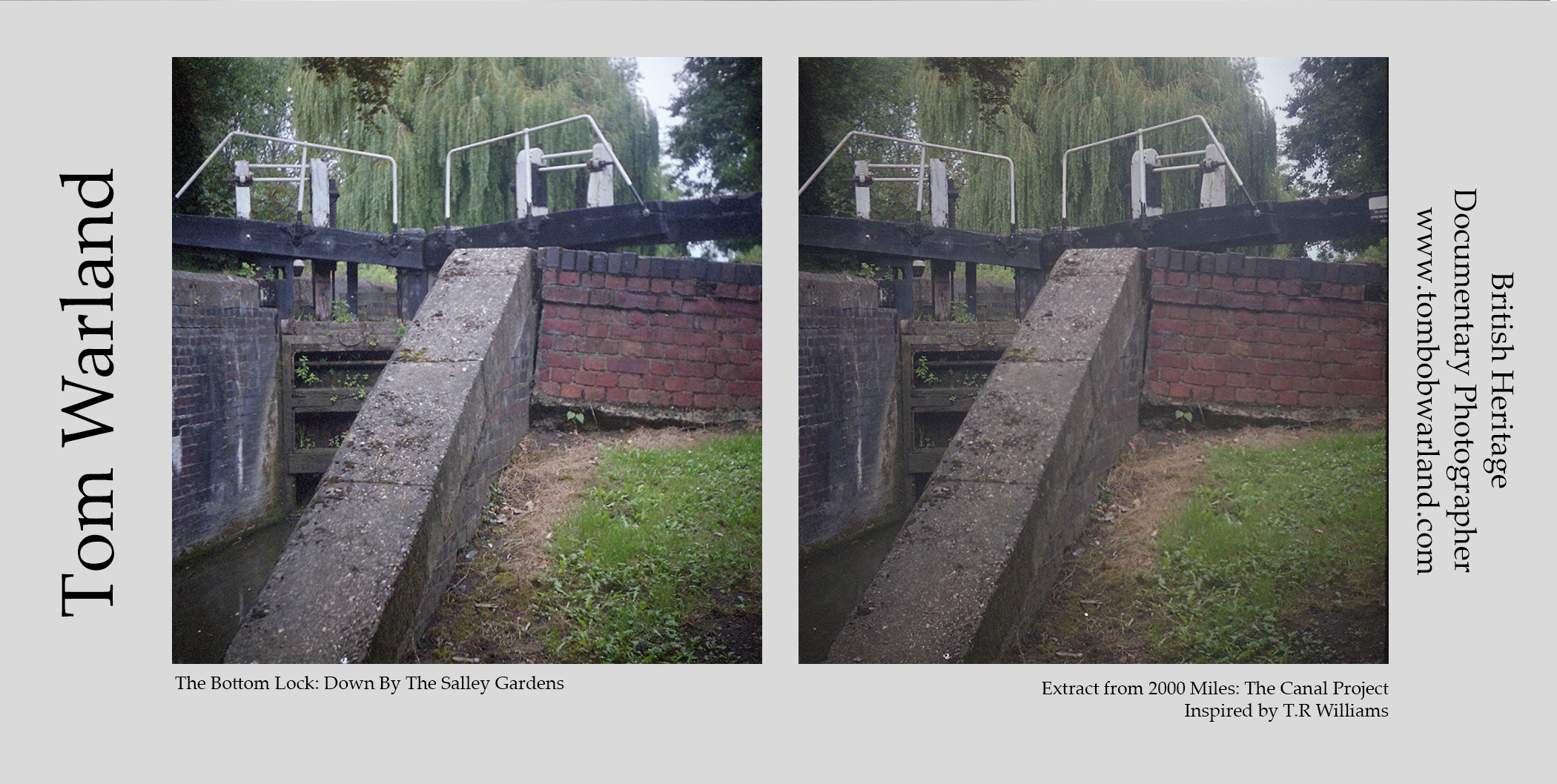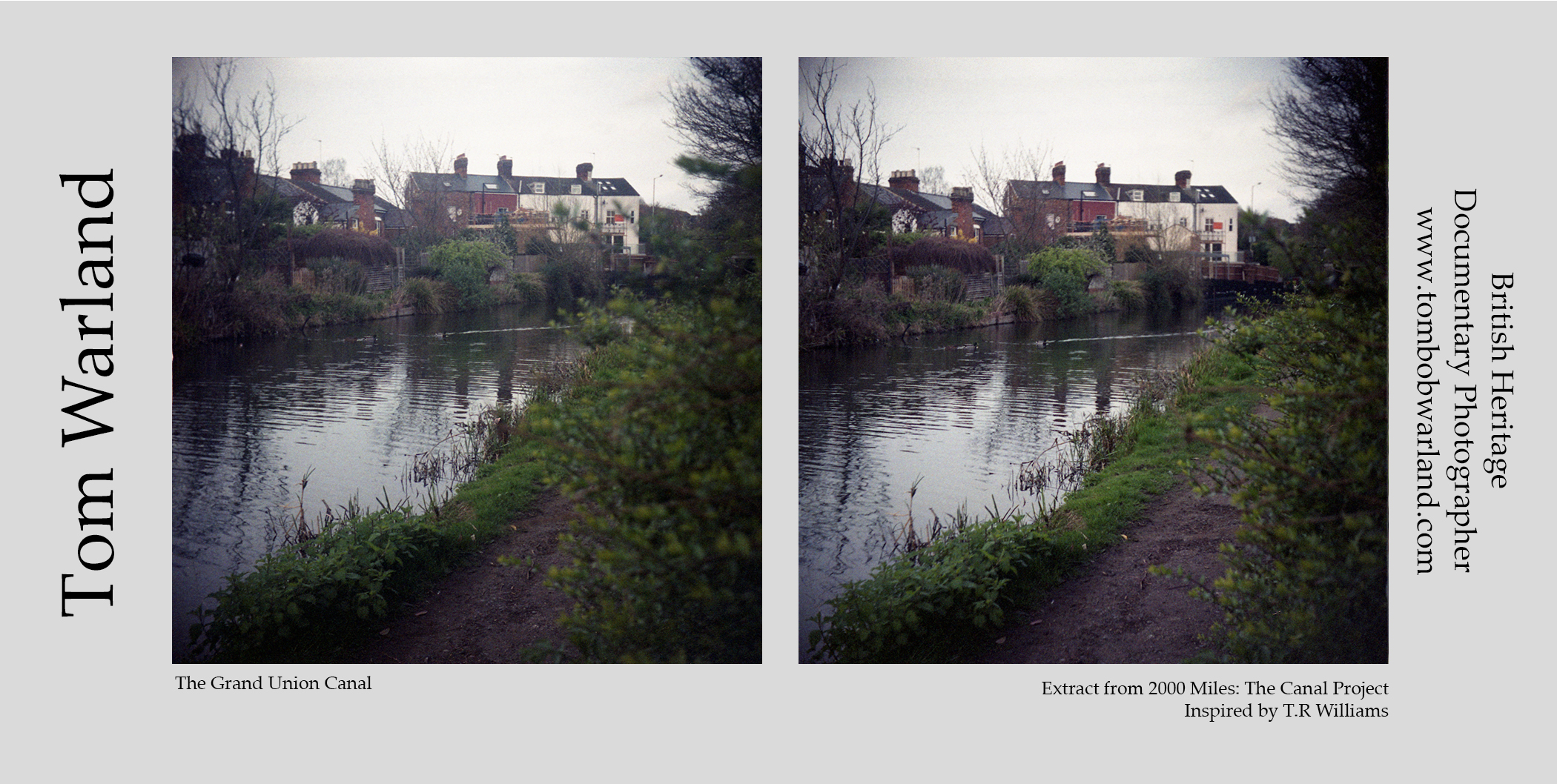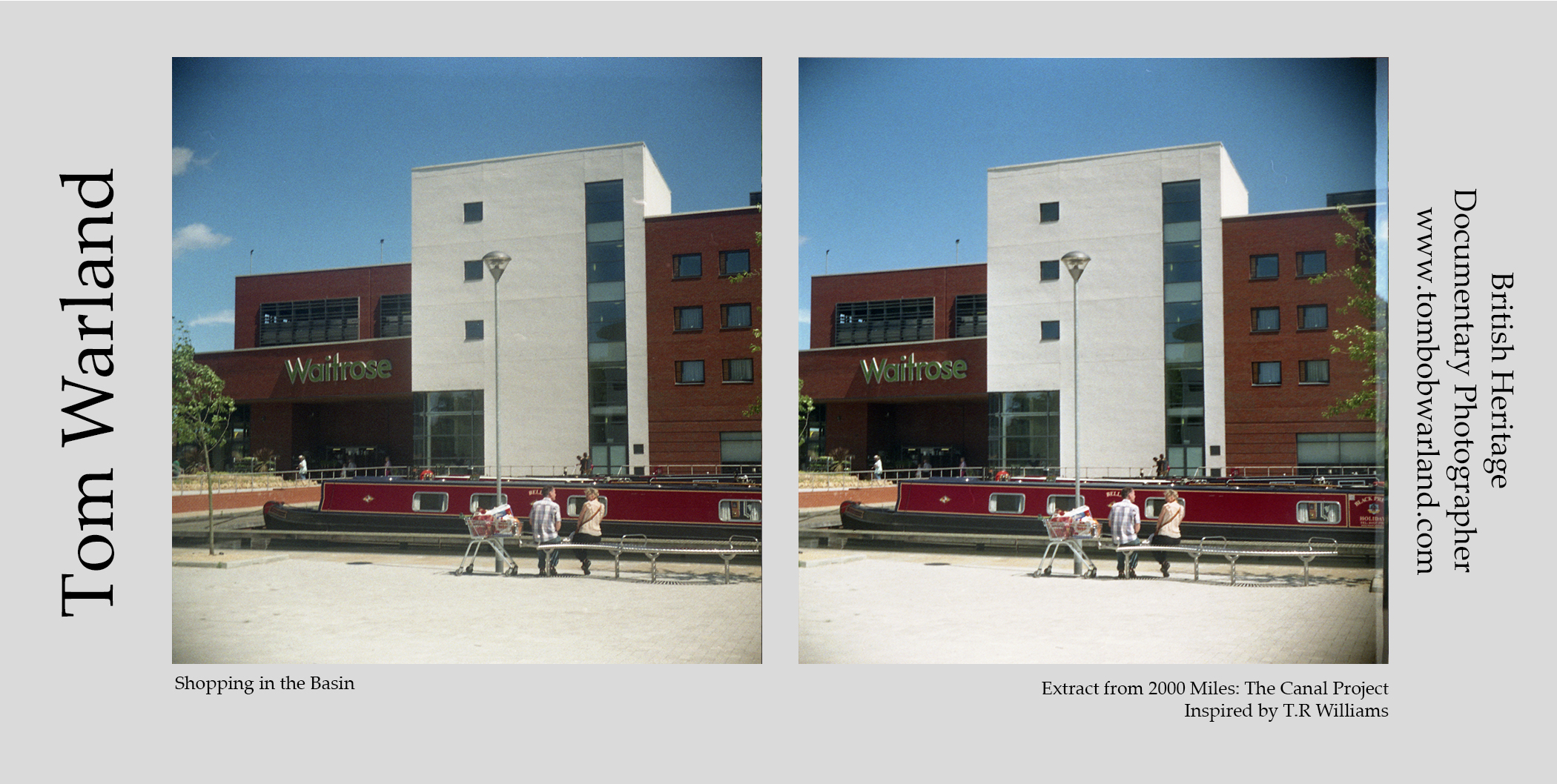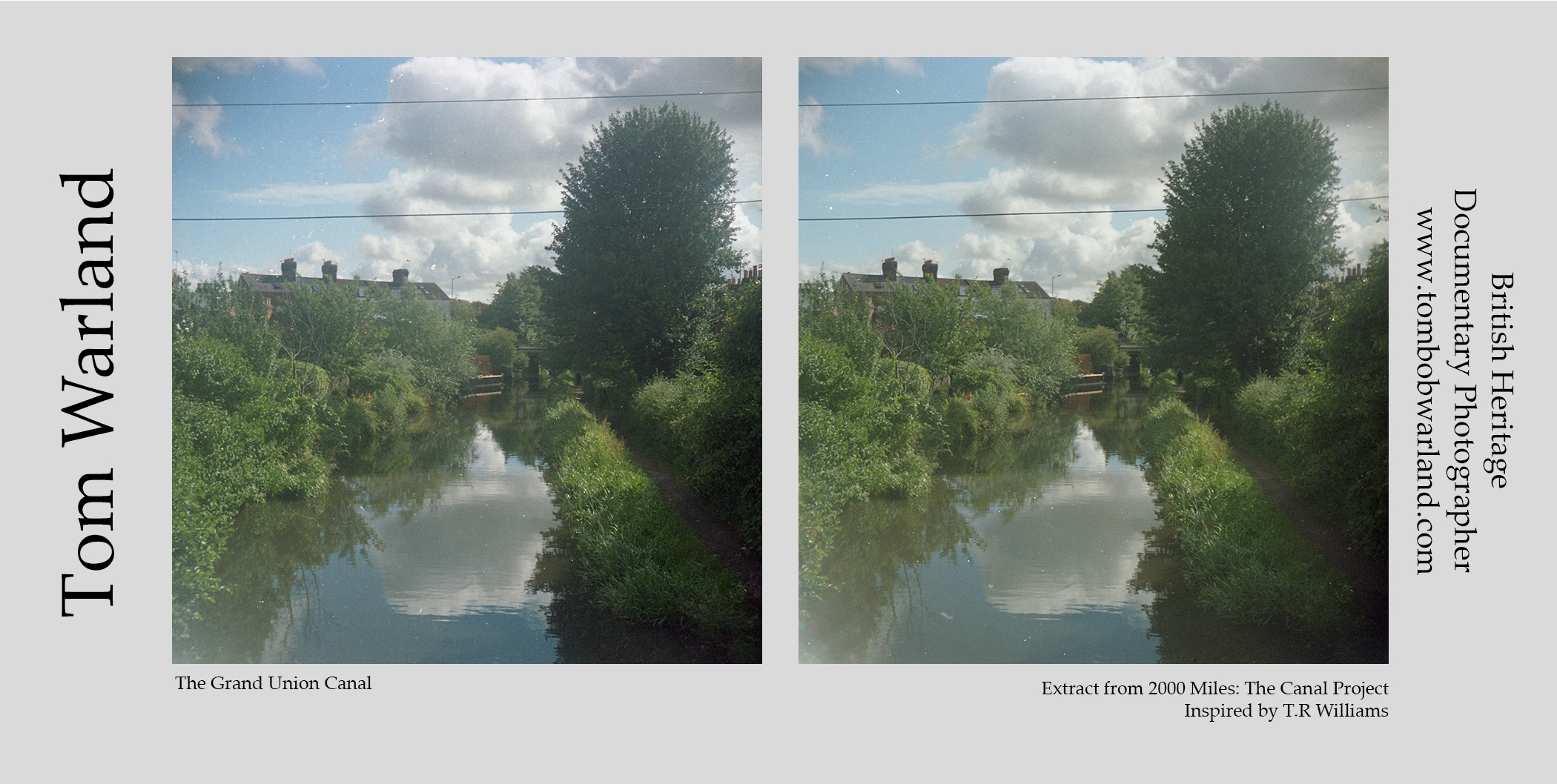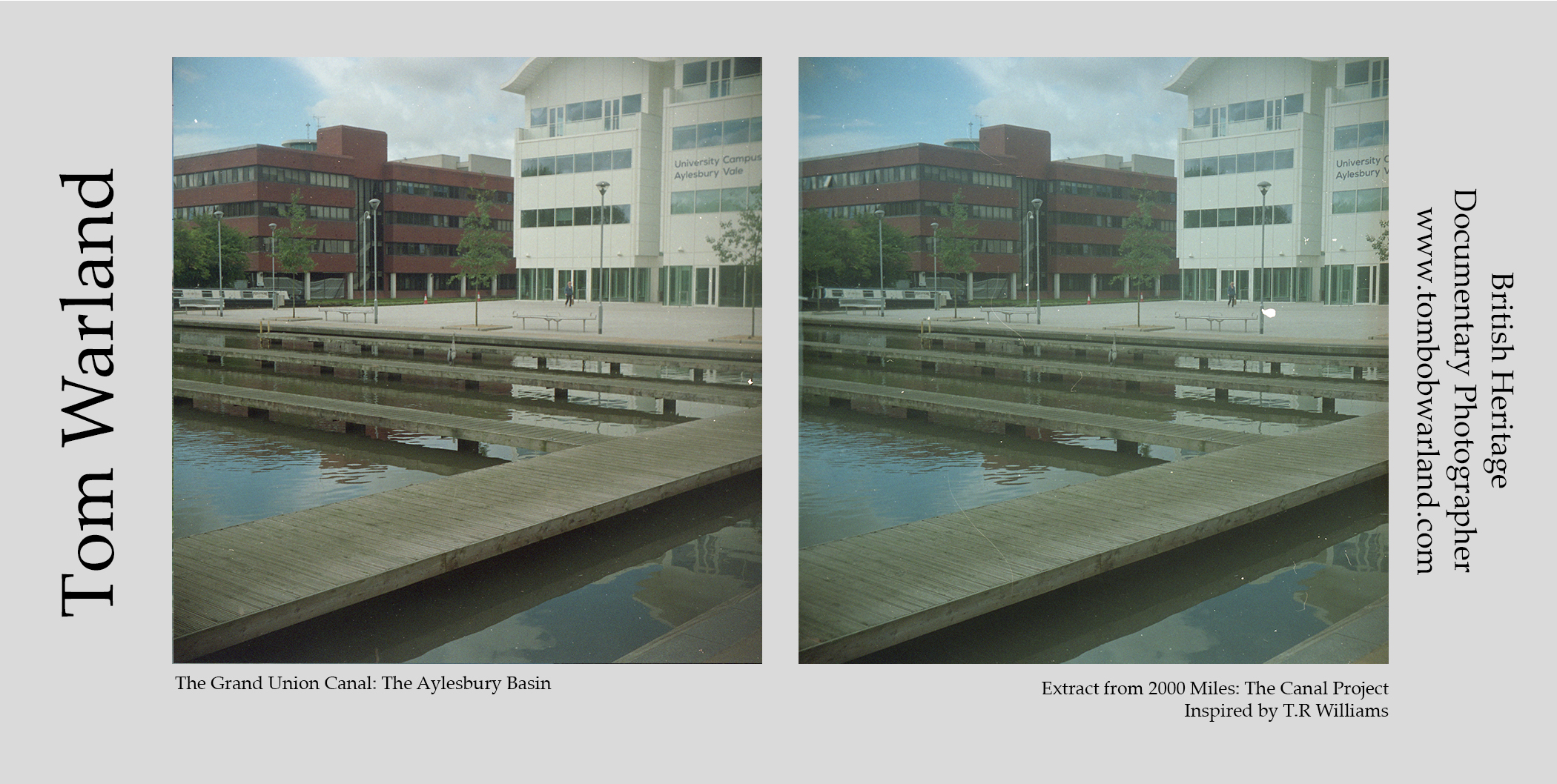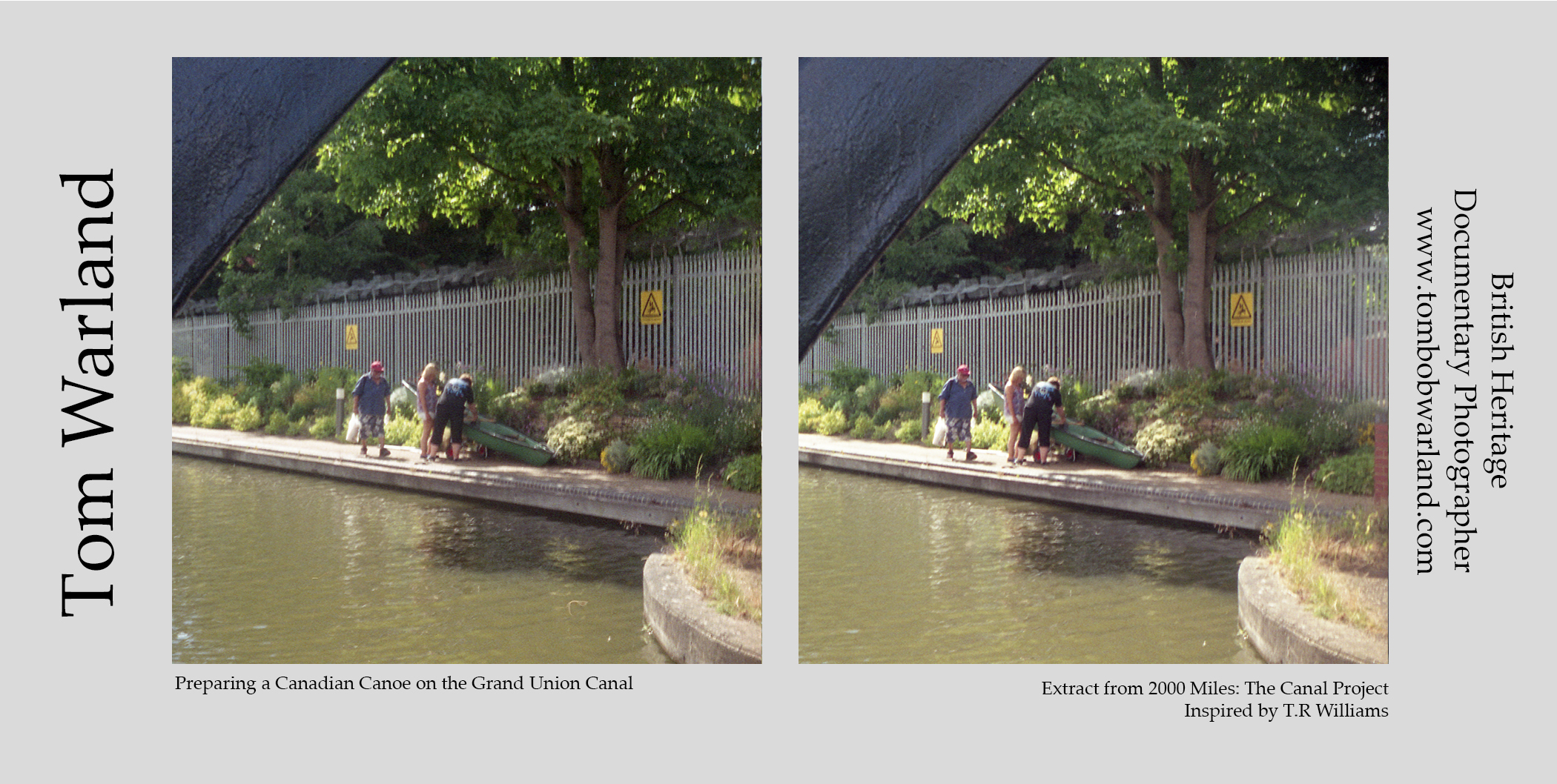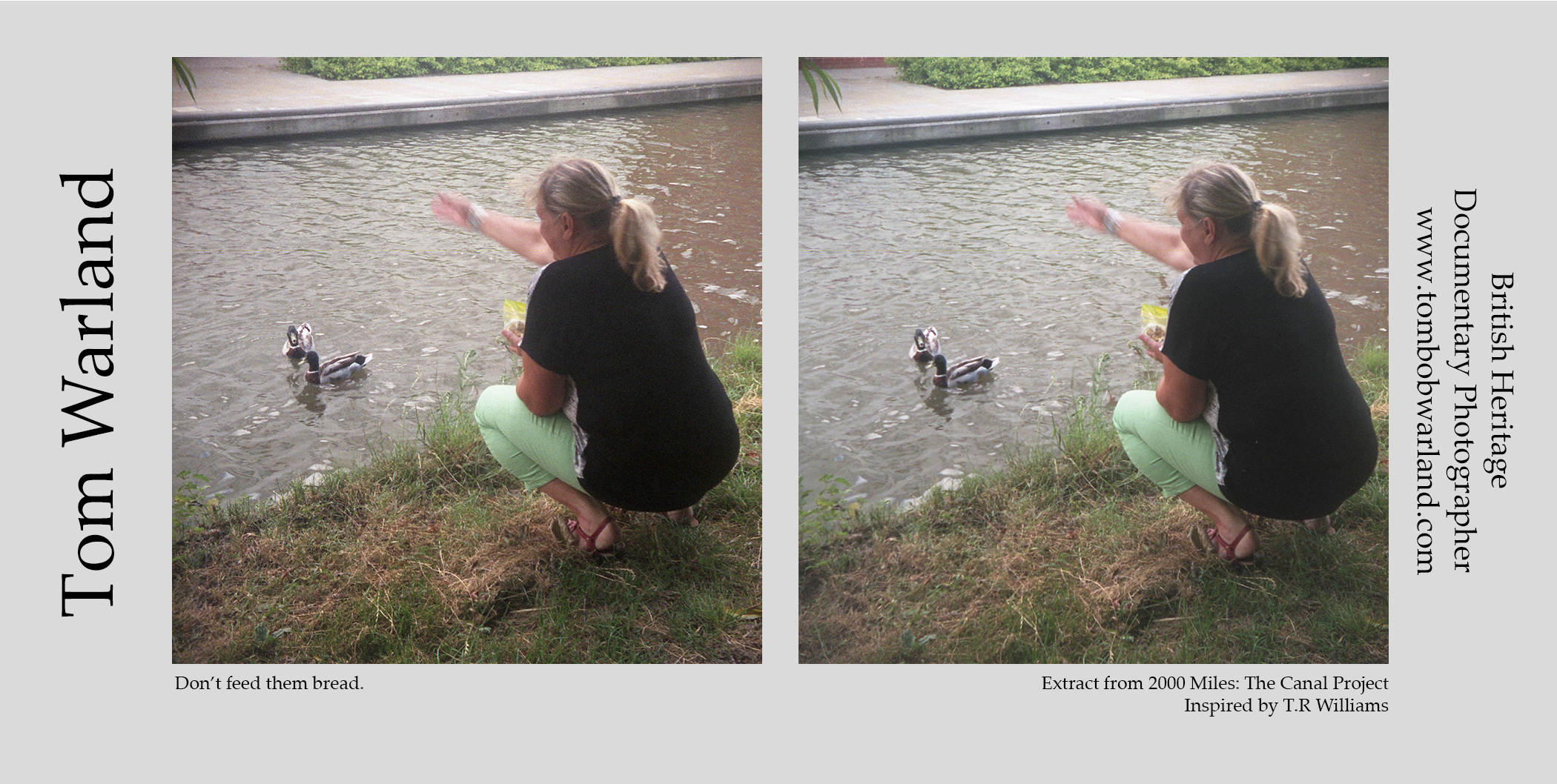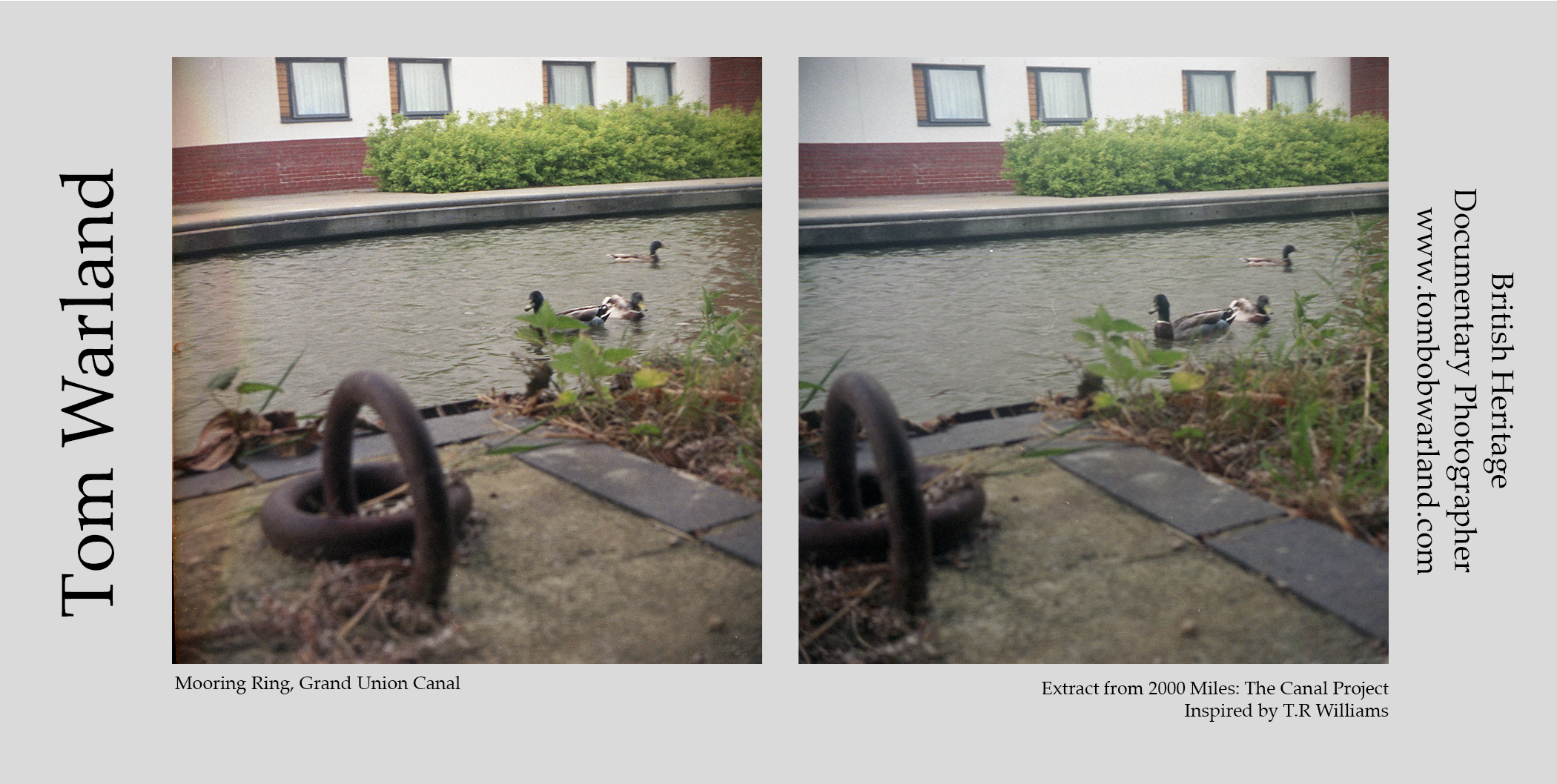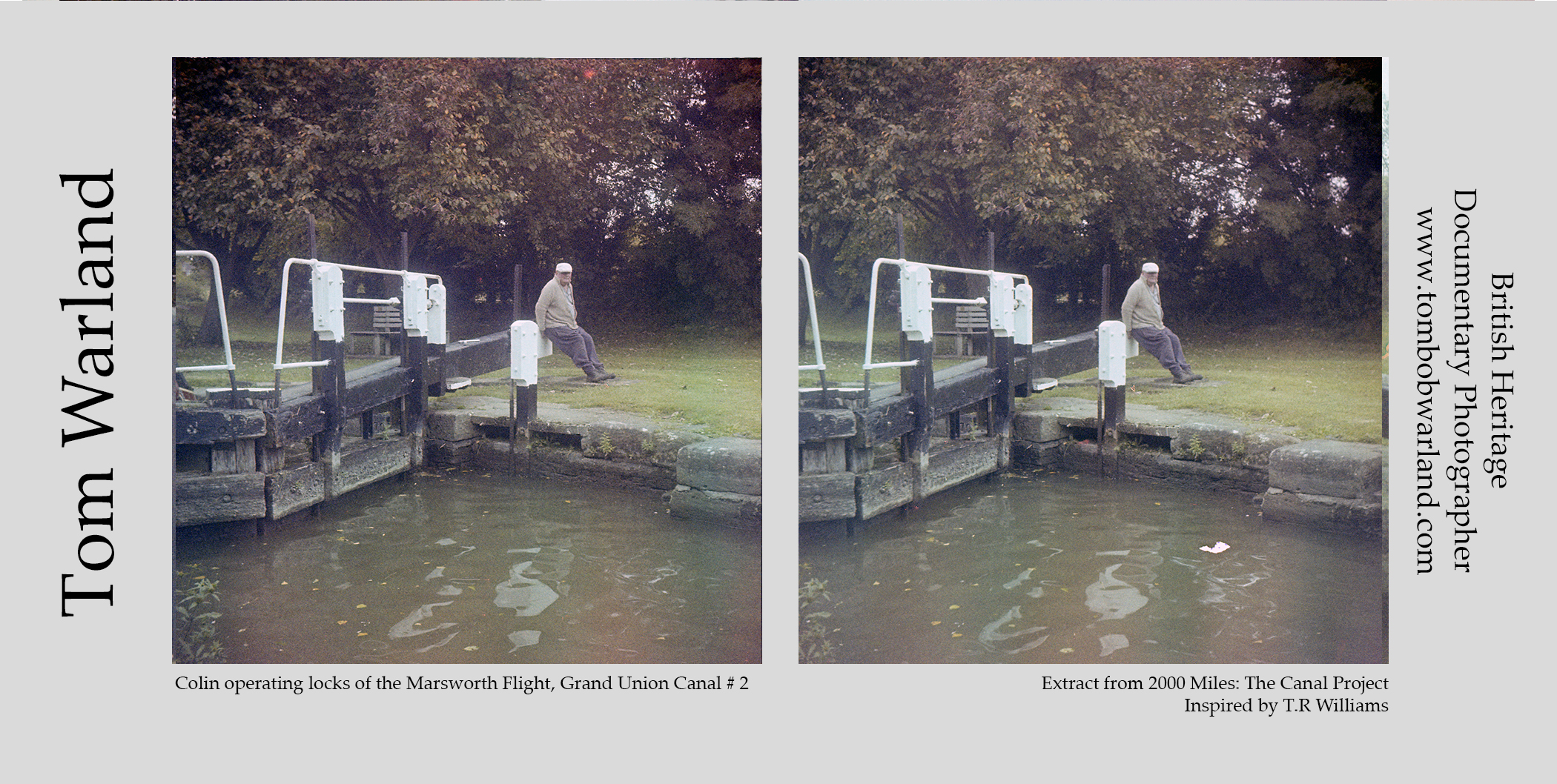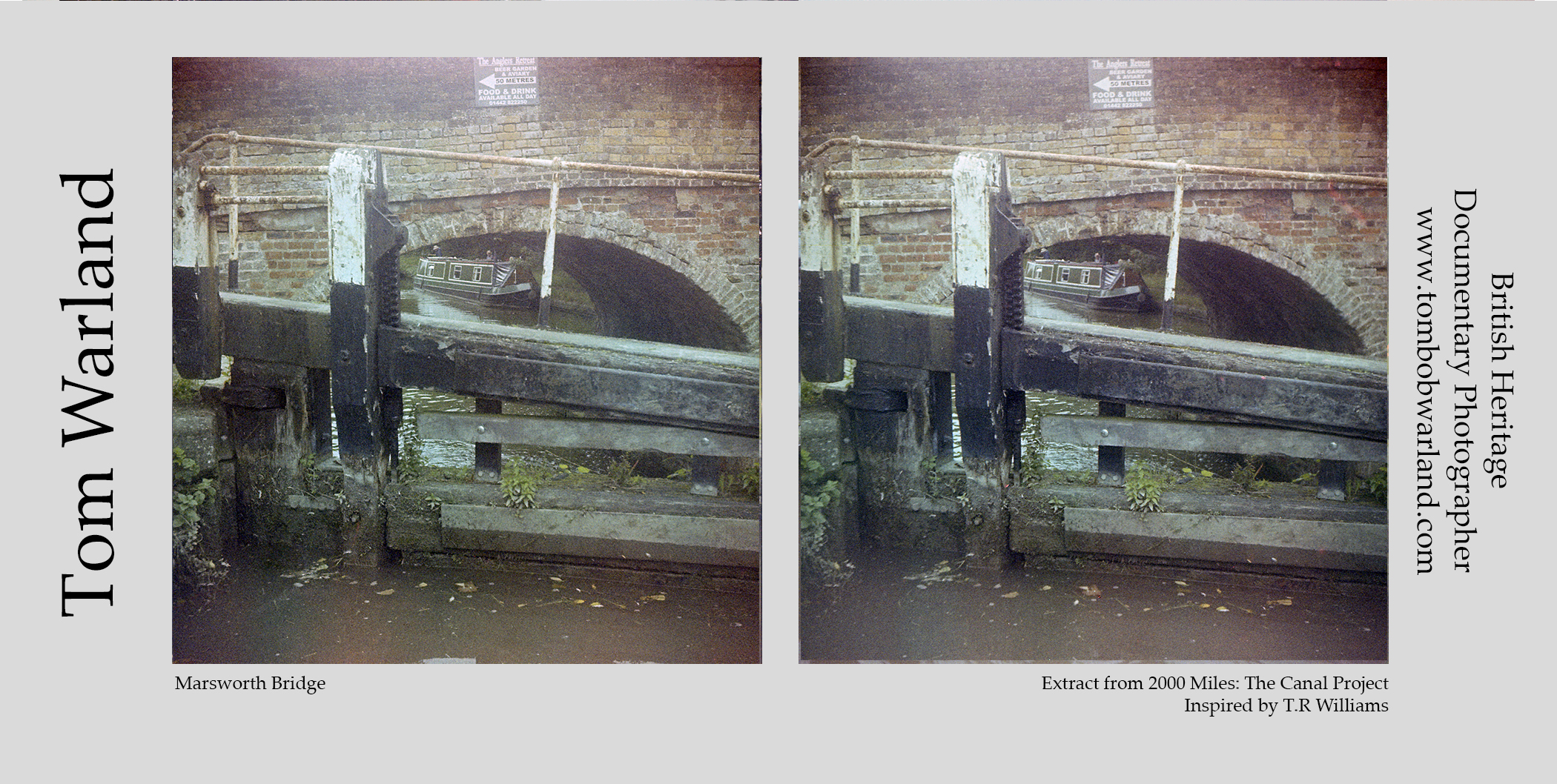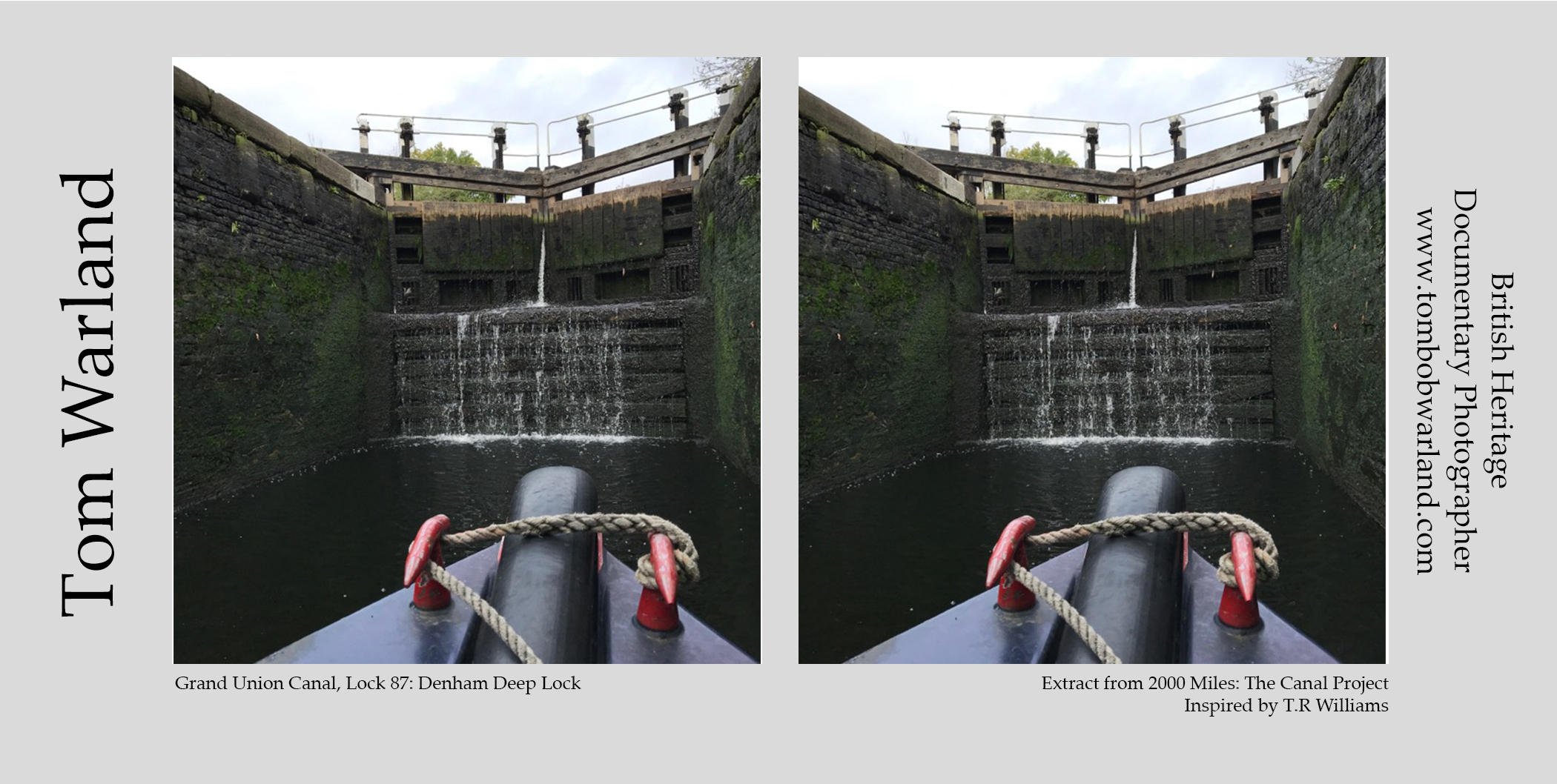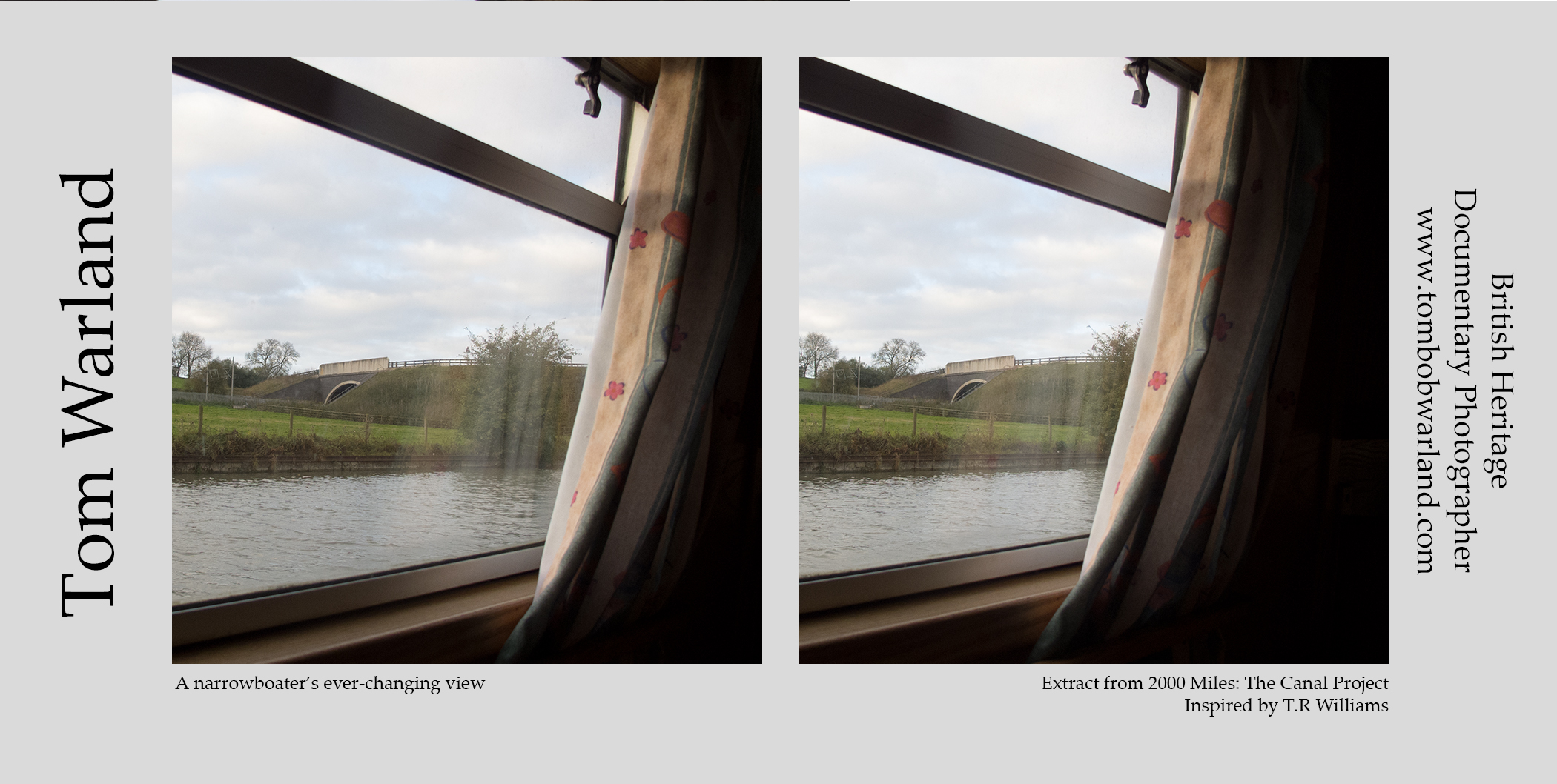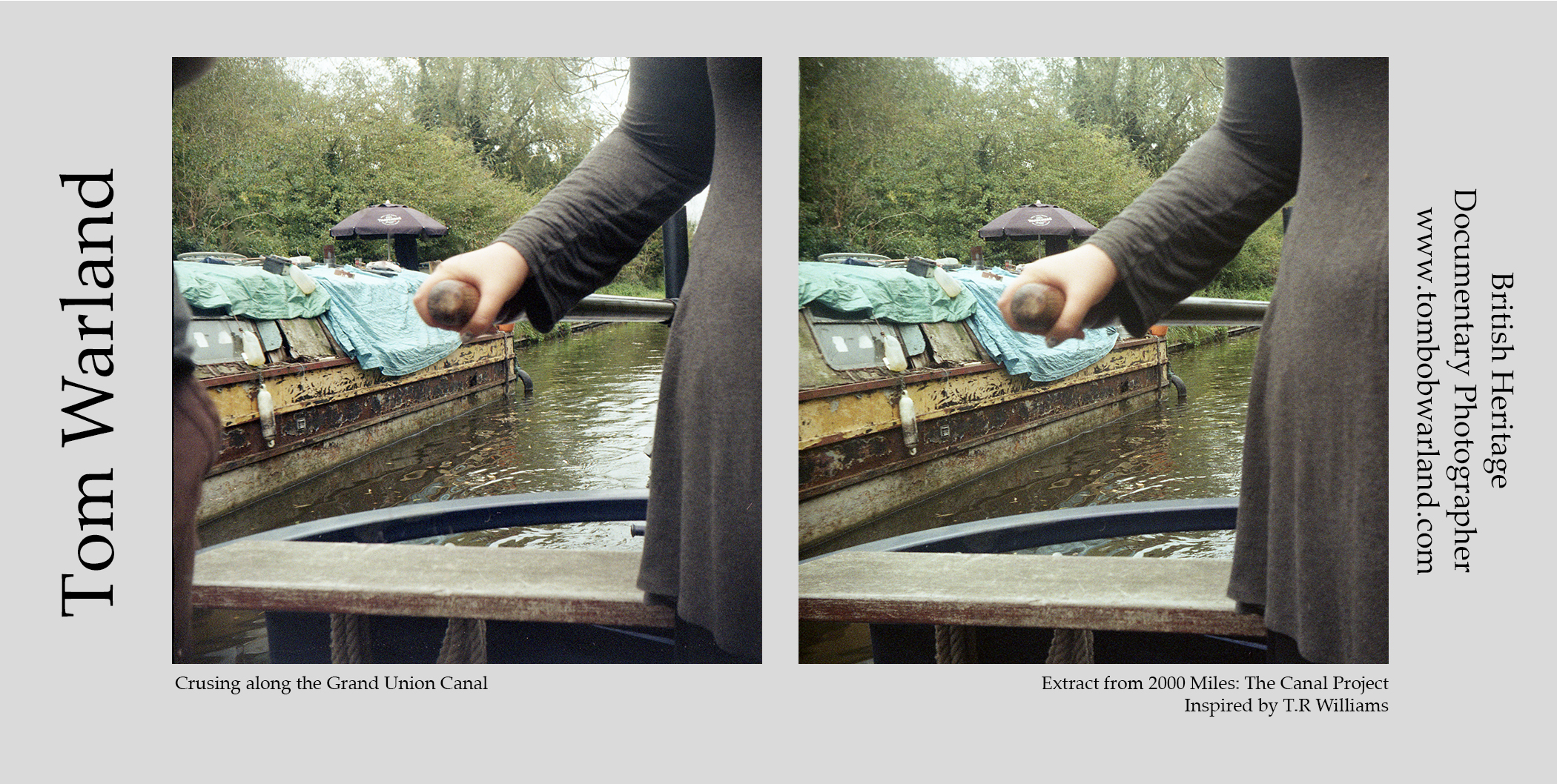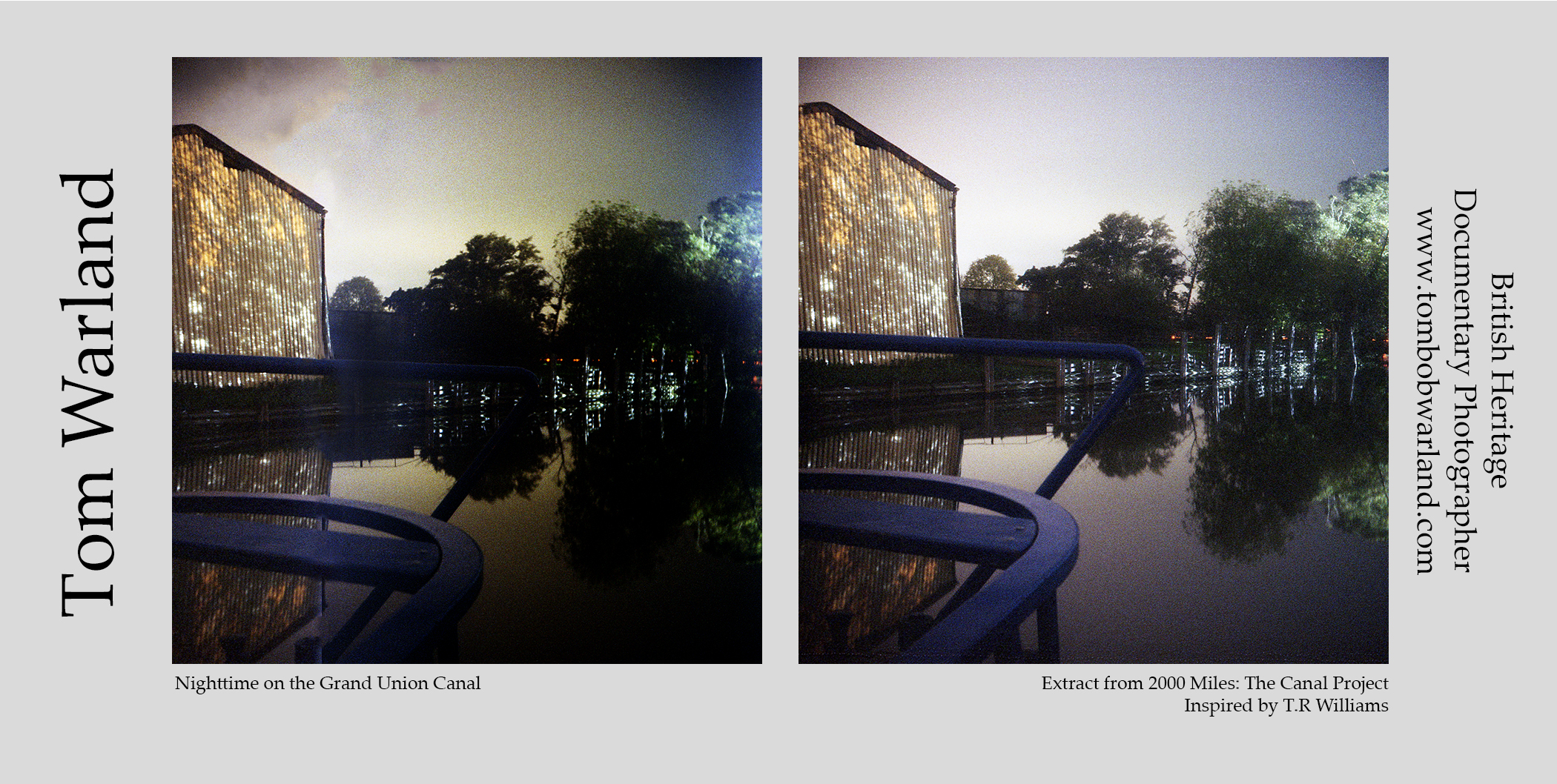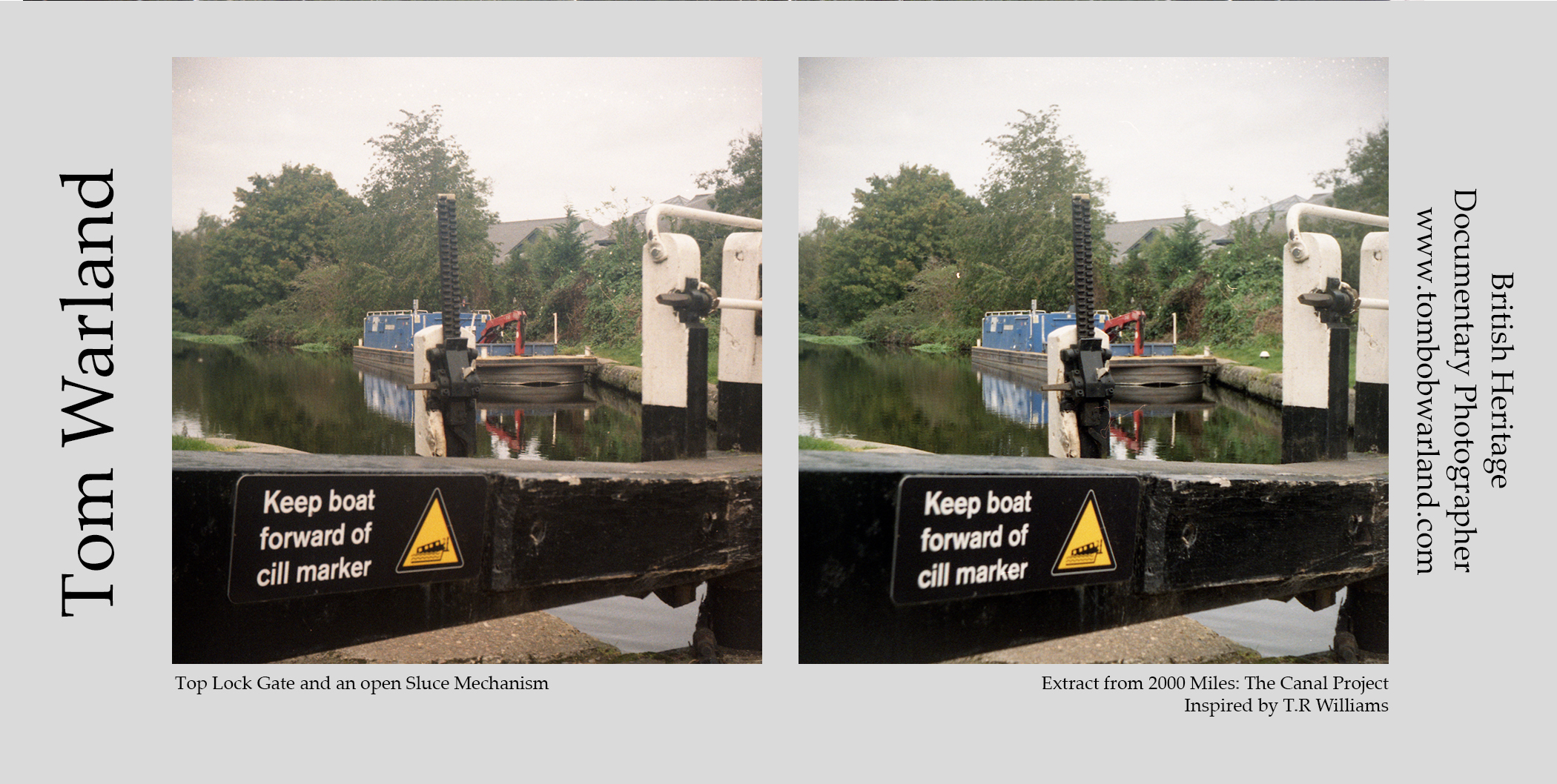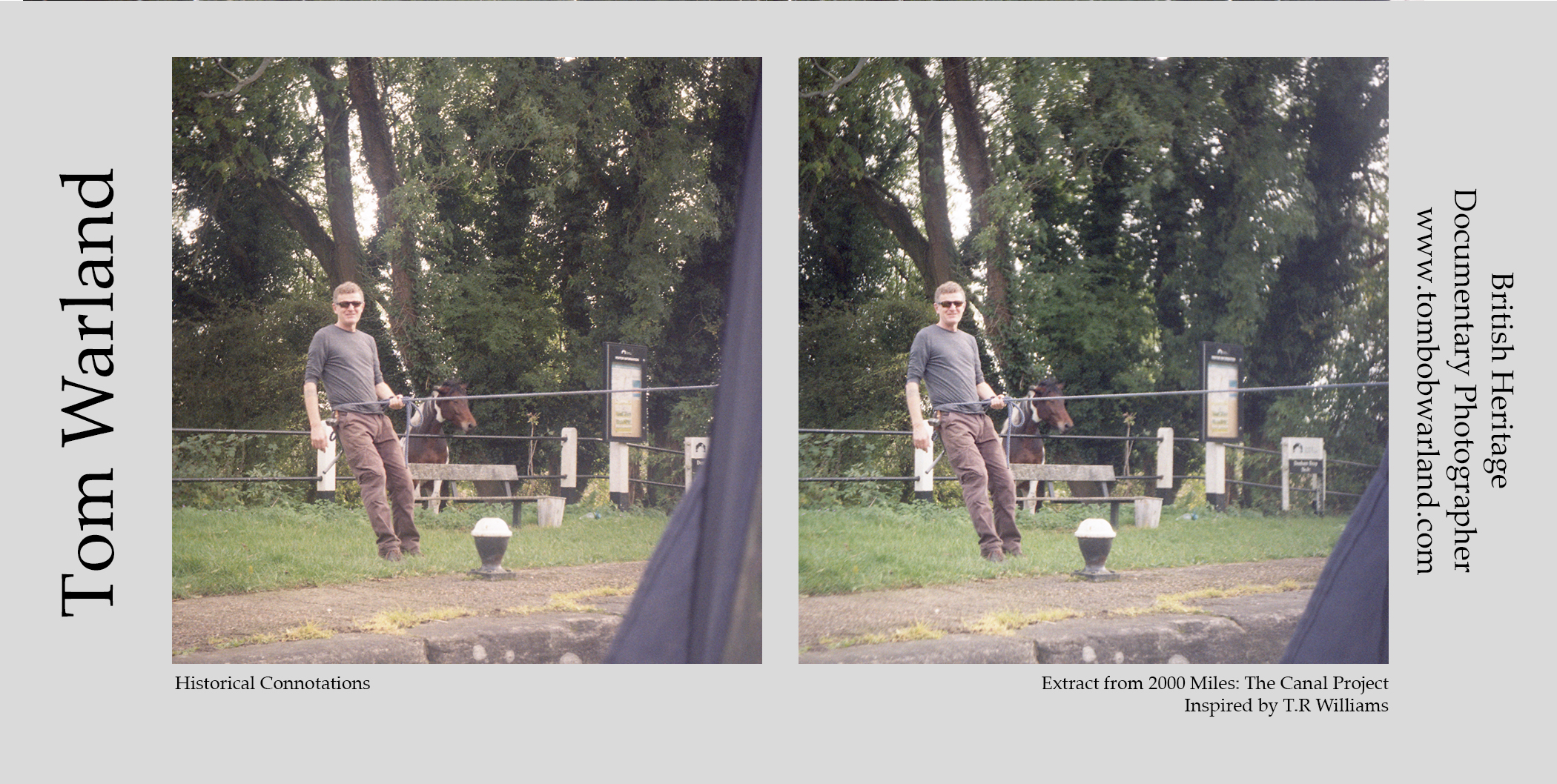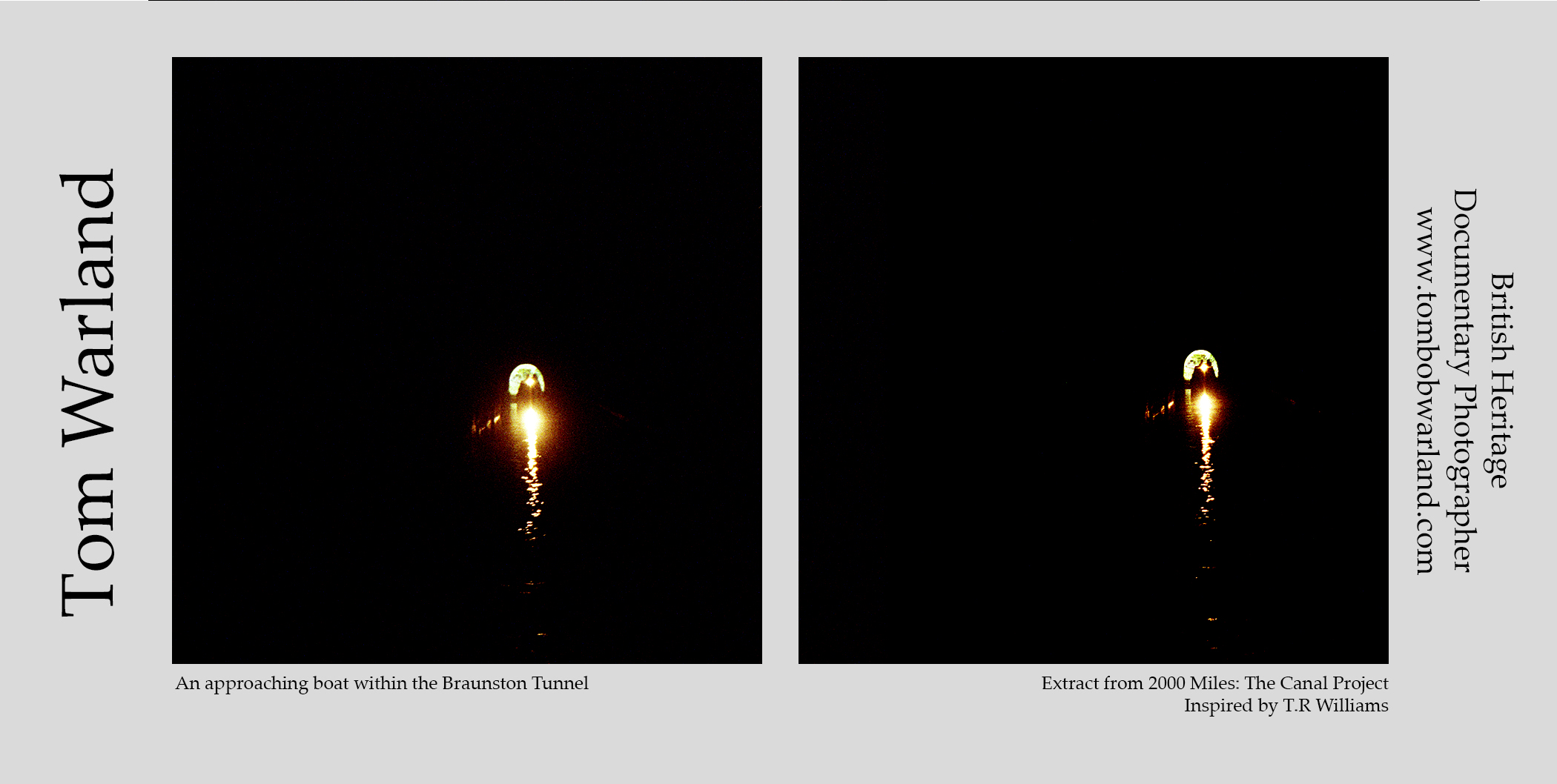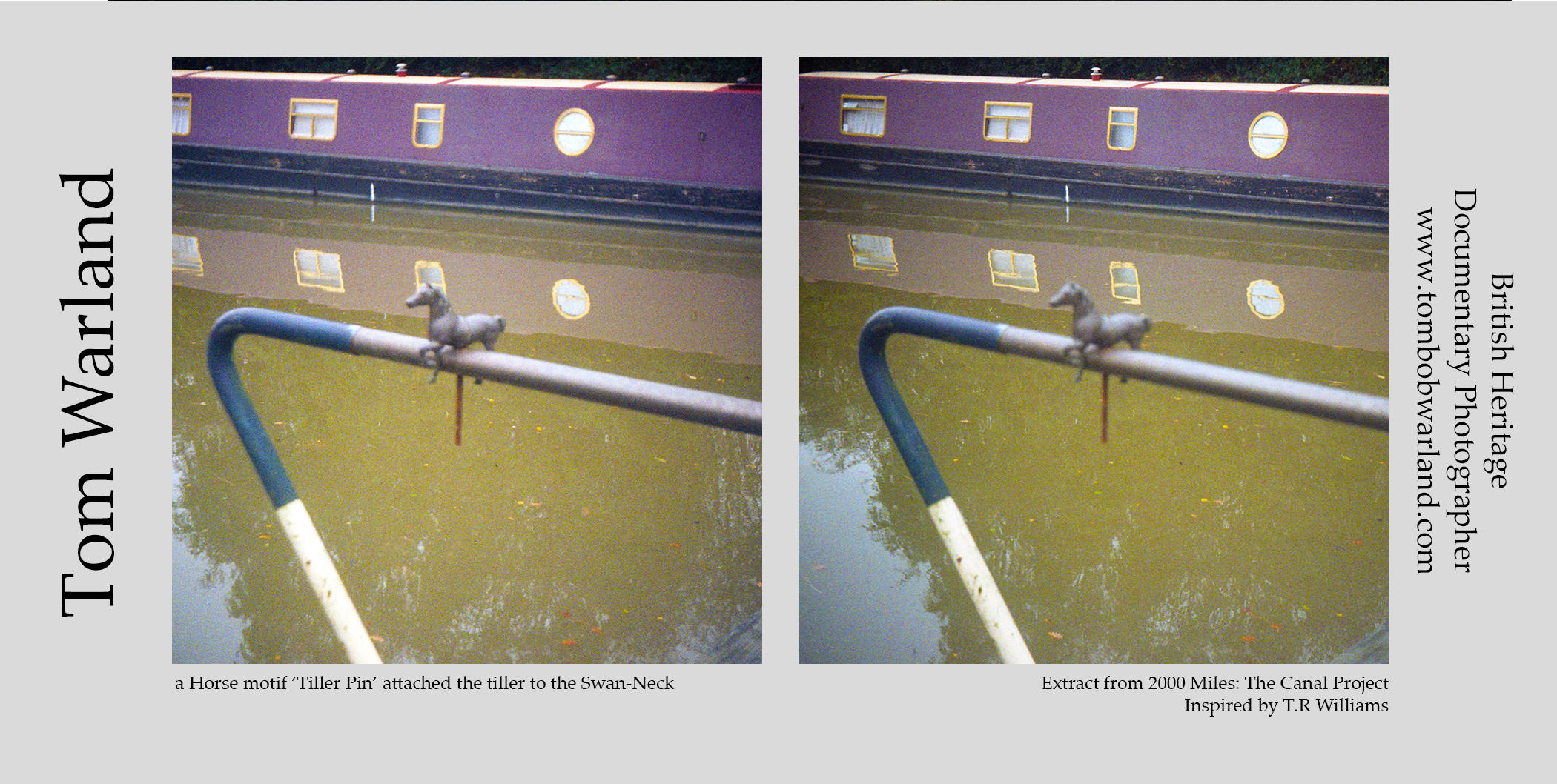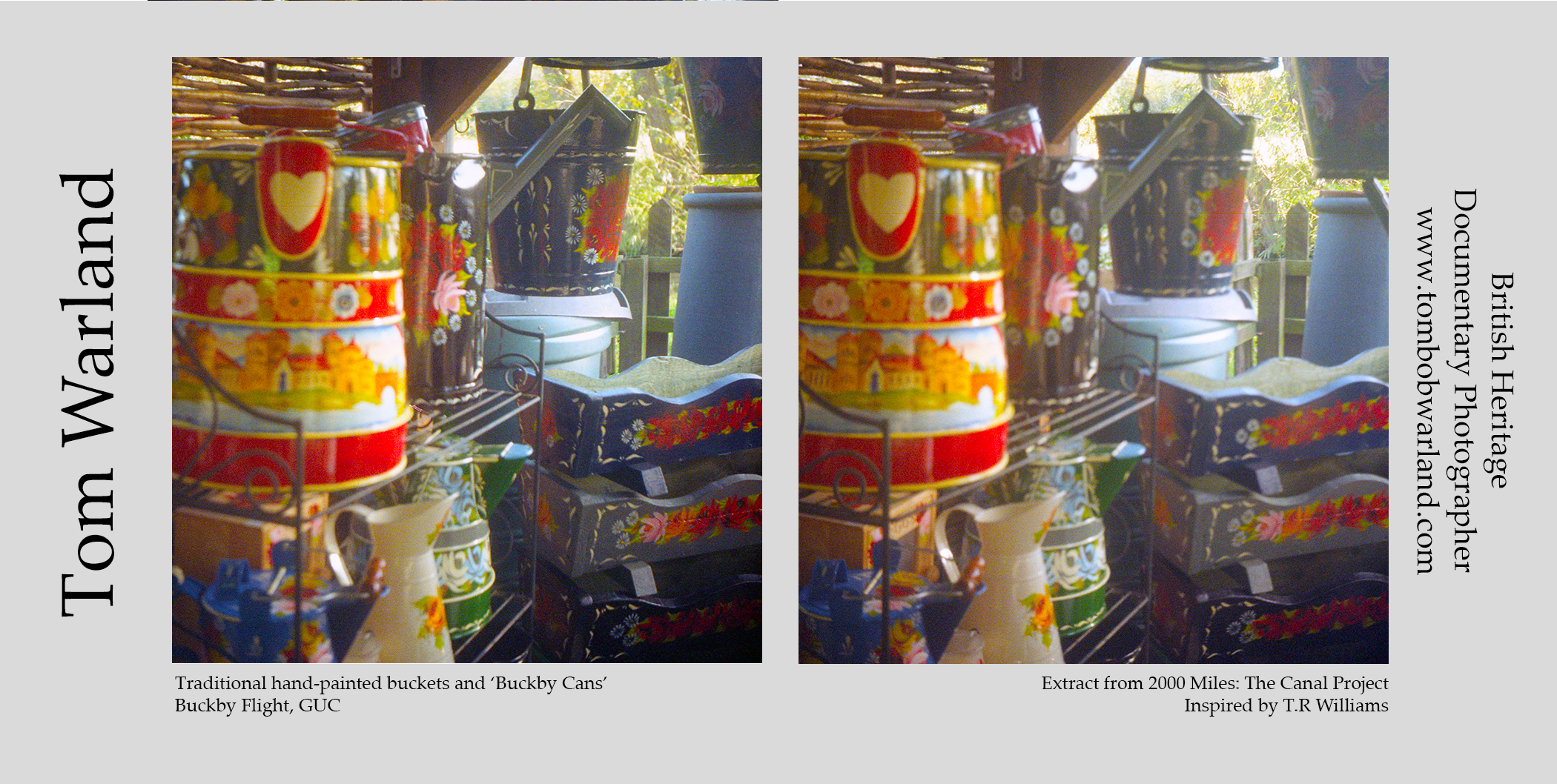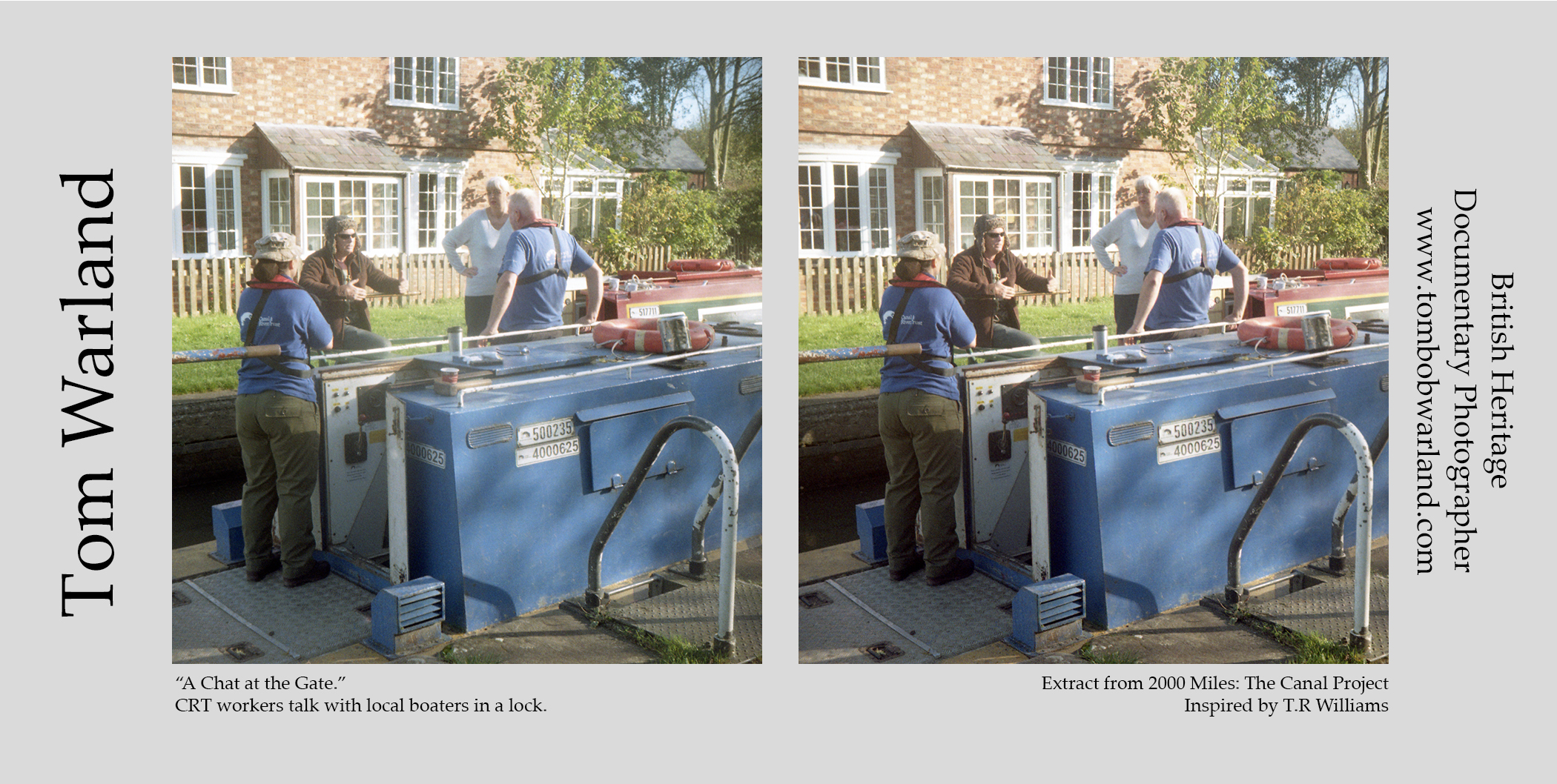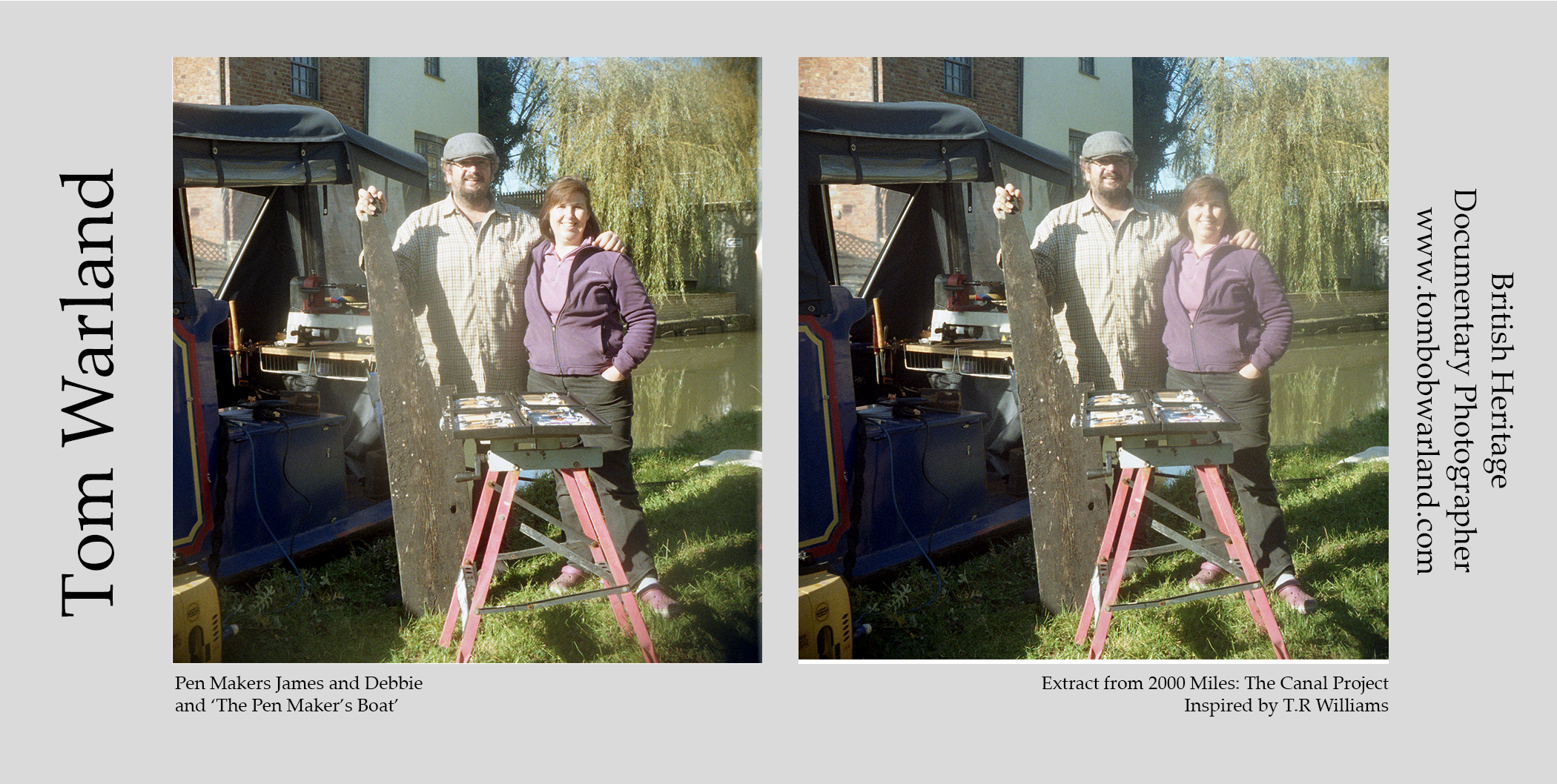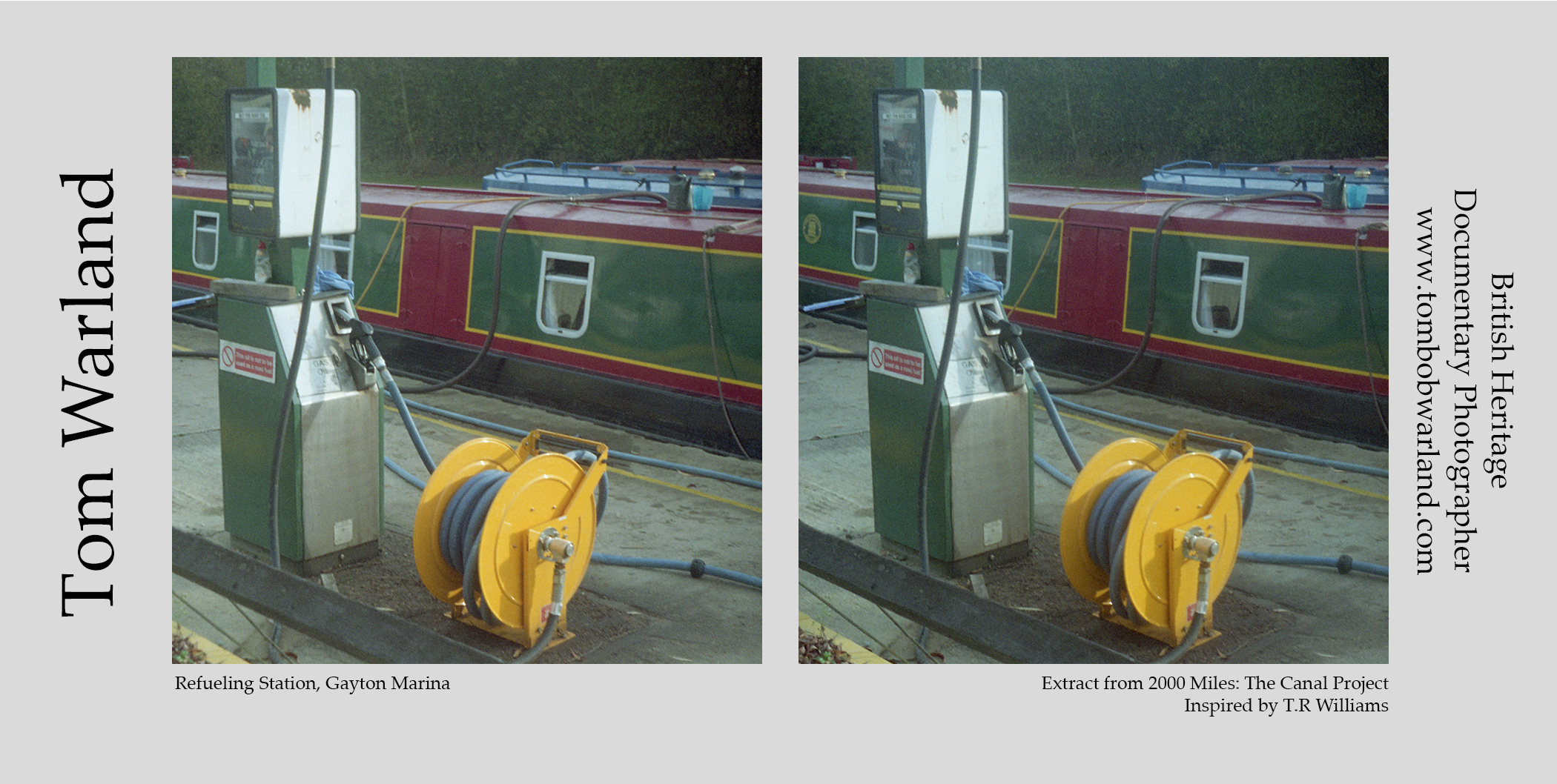The London Stereoscopic Company published a series of stereo-views in 1856 by “Royal Photographer” Thomas R. Williams; a stereoscopic photographer of portraiture using both Daguerreotype and Collodion processes of the quintessential English Village and its occupants entitled ‘Scenes In Our Village’, accompanied on the reverse by captions in the form of short poetic verses inspired by the scenes displayed on the front.
The timing of the production of this work was of no coincidence, as the work it not just of pictorial beauty, but also documentary archival importance. This was a time of radical change in the landscape, mind-set, employment and nature of what is English or British. The country was unified through craft and trade like never before, as the contours of the landscape are dramatically altered by a waterways network to connect the textile works of Burnley to the steel making communities of Sheffield, the shipyards of Liverpool, the docks of Hull, coal fields of Wales and the commerce of London through both the railways and the construction of an extensive canal network. Williams’ work here was a poetic documentary of a way of life before it was gone completely – ironically using a medium that was born from the Industrial Revolution.
The waterways of England and Wales, now maintained by the Canal and River Trust flow through over 2000 miles of “the most beautiful countryside and vibrant cities that England and Wales have to offer. Easily accessible and free to explore, they are the ideal destination for boaters, anglers, walkers, cyclists and people looking for a fun day out in the fresh air” (Canal and River Trust, 2017). Although the industries that led the network two hundred years ago are largely gone, taking with them the idealism of Williams, the canals remain feeding a growing community of boat dwellers mooring and travelling around The Network in the form of floating shops, music venues and recording studios, art galleries, and fuel sales.
This network is more popular now in the 21st Century than it has ever been offering affordable living to many on lower incomes with many city workers choosing to live on sections of the network in the Home Counties, well within commutable distance to work, or enjoyed for holidays and retirements as people move in ‘Canal Time’ a relaxed pace of life that moves at three miles per hour.
This collection is inspired by and is a continuation of the work by T.R. Williams, and documents the canals and the community that now thrives here; built in a time that pushed out many of the ideals that Williams tried to capture, in Scenes in Our Village, featuring those who live, maintain, work and enjoy the English Canals two hundred years on.


